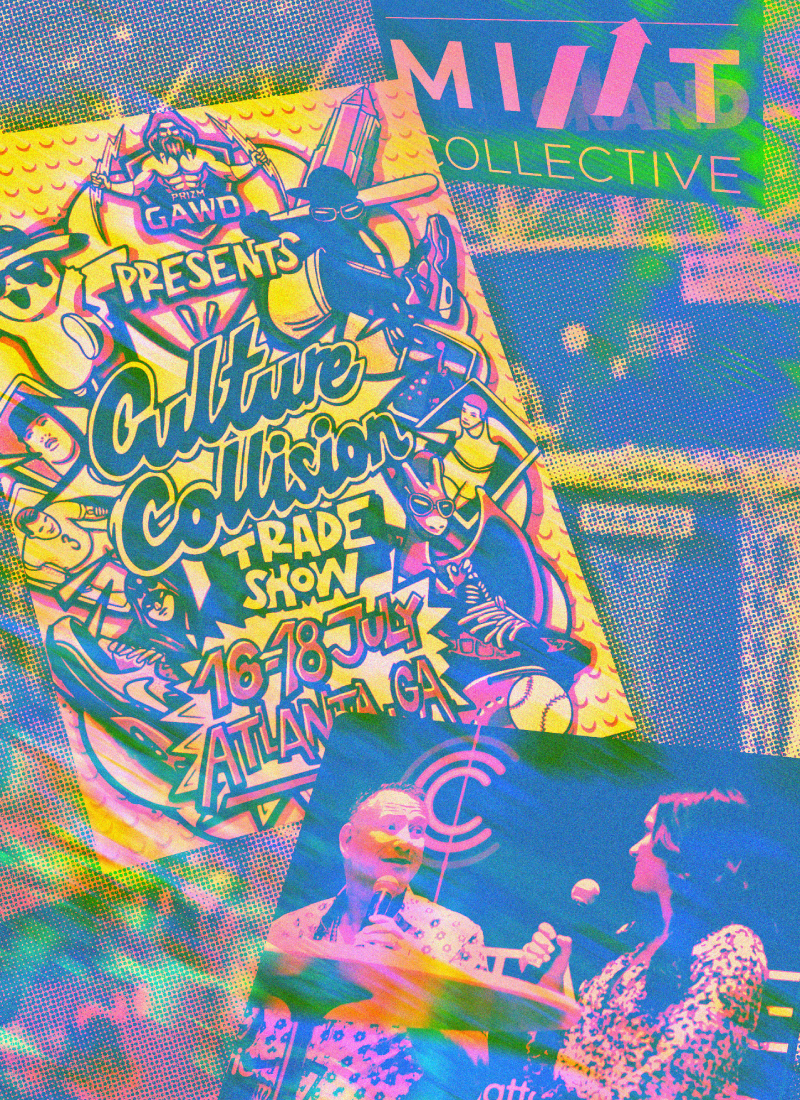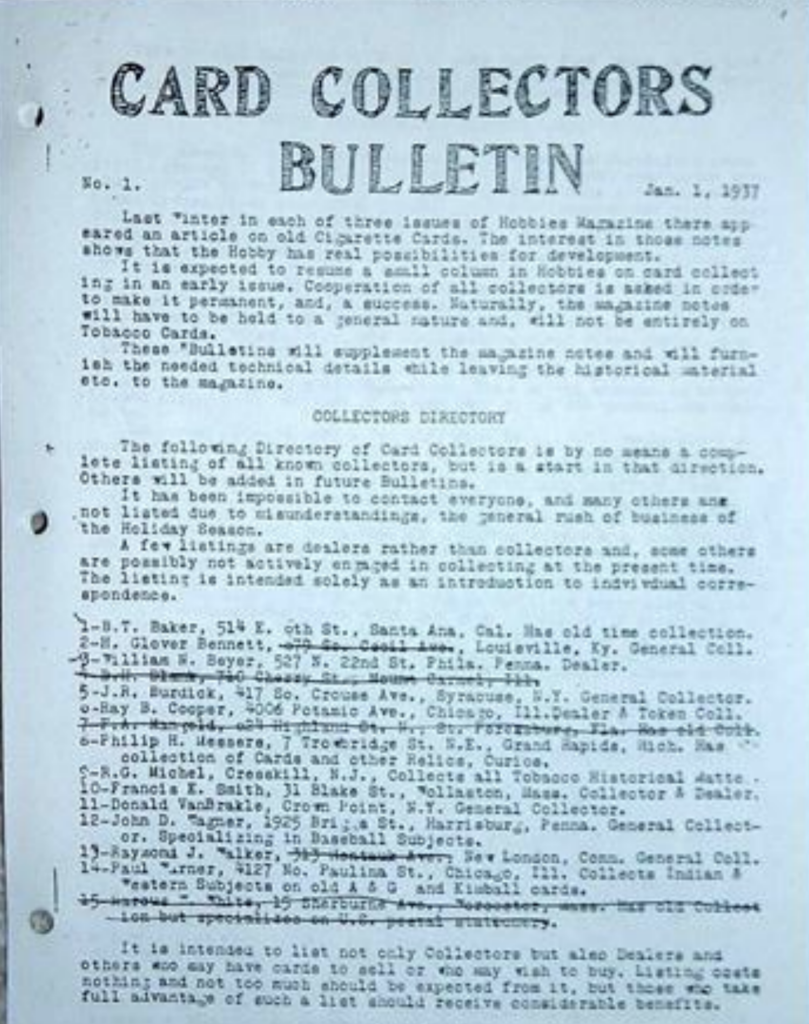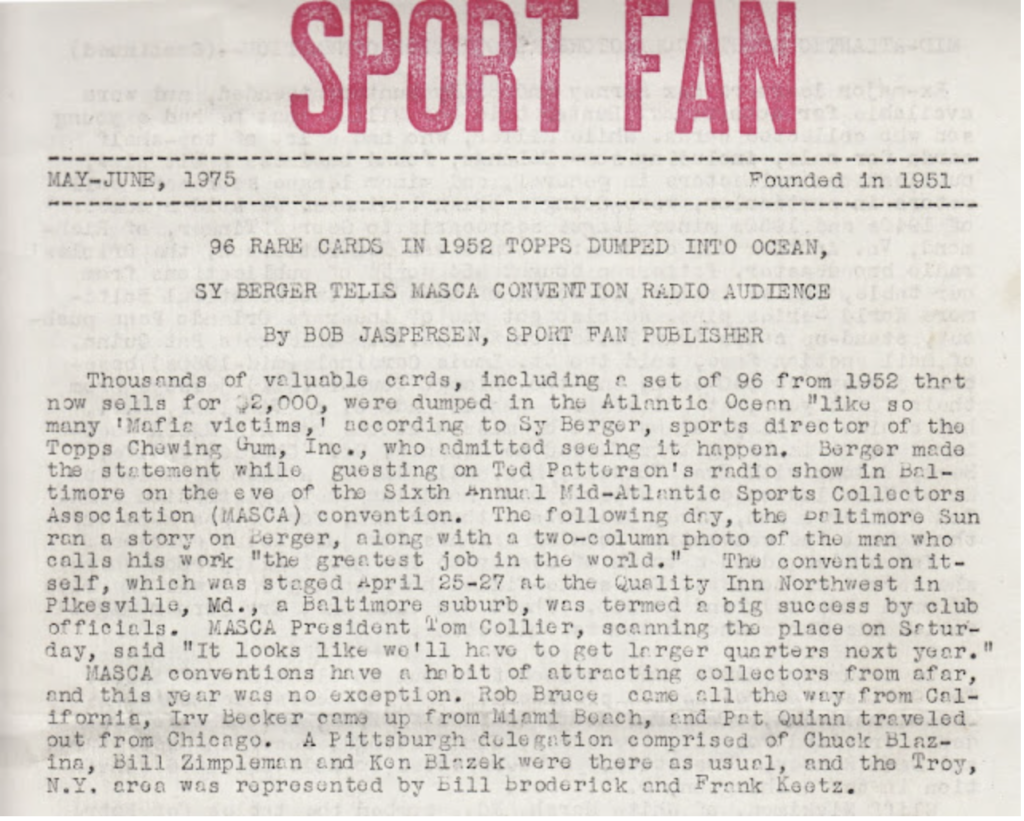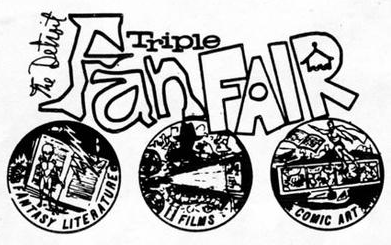
Card Conventions and Hobby History
The 43rd National Sports Collectors Convention opened July 26 for four card-packed days in Rosemont, Illinois. Though the last half century has seen card conventions undergo drastic changes, they remain central to the collecting experience. While The National remains an annual affair, other conventions have grown in recent years, and these shows have become increasingly influential to the hobby.
From the Beginning
Sports card collecting was once a small niche hobby. Most hobbyists knew each other and corresponded and traded through the mail, sometimes meeting at a collector’s house or a small local show. In the 1940s and 1950s, more simplistic publications like Jefferson Burdick’s Card Collector’s Bulletin or Bob Jaspersen’s Sport Fan began to pop up; they were distributed to like-minded collectors through the mail. As the hobby grew, small sports card shows began to emerge, and by 1969, an annual West Coast Sports Collector’s Convention began to take place in California. Shows in the Midwest and Northeast started popping up, connecting collectors who had previously been restricted to mail communication.

The first edition of Burdick’s Card Collector’s Bulletin

Jaspersen’s Sport Fan reporting on Sy Berger
By the 1970s, many publications were being produced, such as Dan Dischley’s The Trader Speaks and Ed Broder’s Sports Collector’s News. In 1979, collector and California show promoter Gavin Riley wrote a letter to The Trader Speaks, lamenting the descent of local shows and conventions to swap meet status and advocating for a national convention. In his letter, he mentioned that he had secured space at the Los Angeles Marriott contingent on the number of RSVPs he received through the mail. There was enough interest to make the show a go, and, except for the COVID-canceled year of 2020, The National has been happening ever since.
The National
Since its inception, The National has aimed to be the main showcase event of the hobby. For collectors who have been to The National, it is generally the highlight of their year and an event they look forward to each summer. Collectors who have never attended often put visiting The National high on their hobby bucket list.
But why does this nearly five-decade-old show hold such power in the hobby? Collectors worldwide come to add to their collections, meet other hobbyists, see museum-worthy pieces, and connect with corporate sponsors. The National represents a collector’s best opportunity to meet up with folks they’ve met online, find a rare card they’ve been seeking for a long time, sell cards to a deep-pocketed dealer, and look at incredible pieces of history like a T206 Honus Wagner or a game-used Babe Ruth bat.
For companies, The National is also hugely important for reasons beyond simple brand recognition. Innovation is happening all the time in the industry, and it can be challenging for collectors to keep up with all the new platforms, accessories, and tools out there for them. The National helps companies get their products in front of collectors while allowing collectors to give direct feedback to companies.
Comic-Con
For comic and pop culture collectors, the corollary conventions are Comic-Cons. These conventions have a similar origin story to The National. In 1964, two teenagers organized a small gathering in Detroit for fewer than 100 enthusiasts. Beginning in 1965, the event was promoted as the Detroit Triple Fan Fair and included fantasy films, fantasy literature, and comic art.

Detroit Triple Fan Fair logo, 1965
After leaving Detroit for Southern California, one of the founders began the Golden State Comic Book Convention, which eventually morphed into San Diego Comic-Con. The annual event now draws more than 100,000 visitors each year and is full of celebrity guests and events that take place at multiple locations across the city.
Other unaffiliated Comic-Cons have sprouted up over the years around the country. The most successful of these is the New York Comic Con – North America’s most attended fan convention – drawing over 200,000 people in 2022. Smaller Comic Cons also take place in other major cities. These events create community on a more local level than the nationally-attended shows.
New Shows on the Block
With so much recent success for conventions, it’s no surprise that new ones are constantly popping up. New conventions have to offer something unique to make it in the crowded landscape. One of the most successful newcomers is the MINT Collective, which has taken place in Las Vegas each of the last two years. This convention is more than just a card show; it sees itself as more focused on the business aspect of the hobby. The show combines a traditional card show atmosphere with workshops, panels, networking opportunities, and celebrity appearances while catering to a more high-end crowd than other conventions typically do.
The fairly new Culture Collision Trade Show is one convention that blends aspects of The National and Comic-Con with some additional wrinkles. This show has been held in Atlanta since its inception in 2021. It combines sports cards, comic books, sneakers, and other pop culture collectibles under one roof. In addition to the show, there are live panels as well.
Both of these shows focus on building community, something likely born of the pandemic era from which they arose. Culture Collision, for example, organizes basketball tournaments for charity, which have become one of the show’s centerpieces. With a basketball court, and a live DJ, Culture Collision creates a different vibe from most traditional card shows. The MINT Collective has also featured community-driven experiences like an NCAA Final Four viewing party and a specially curated auction.
The Future of Conventions
It would be easy to assume that there is no need for traditional in-person conventions in a world full of Zoom meetings and virtual auctions. That couldn’t be further from the truth, however. Even as technology connects people, many still want to meet in person. The companies that serve collectors and investors crave face-to-face time to receive valuable feedback on their products and ideas. All of this is possible to some extent online, but none of it is as powerful as it is in person.
Despite technological advances connecting collectors to companies, celebrities, and each other regularly, live events remain hugely important to the hobby. With the ending of pandemic-era restrictions, there is a strong appetite for attending in-person events. The community built by these conventions cannot be replicated behind a computer screen, no matter how digital our world may become.